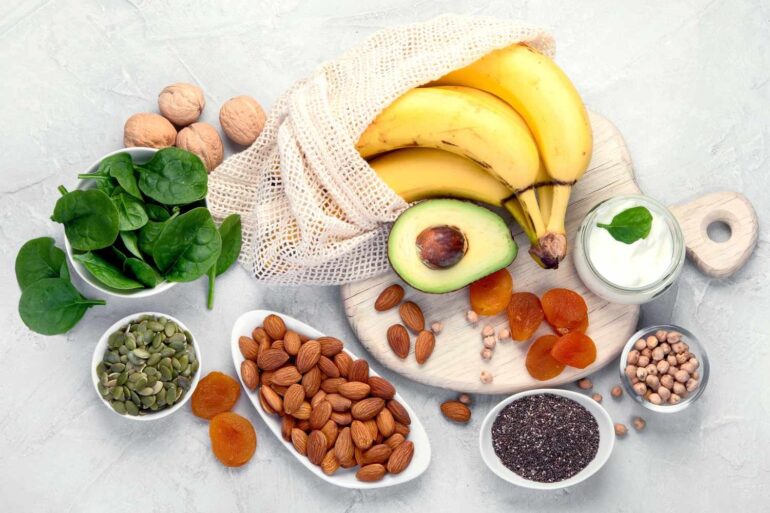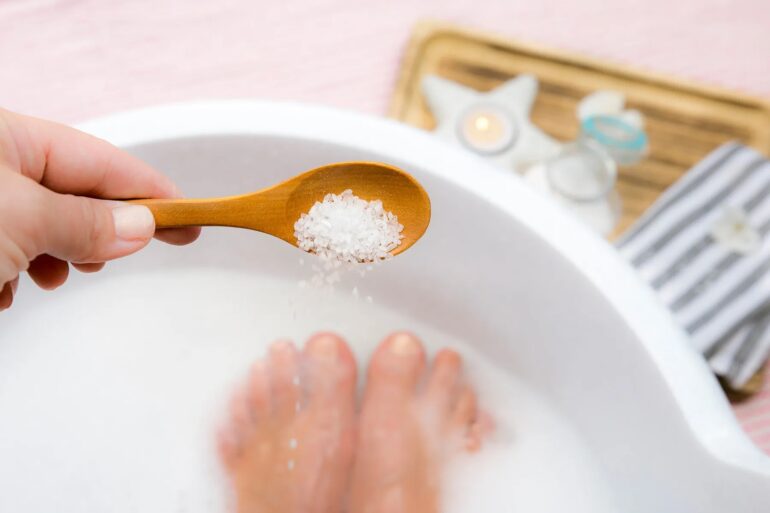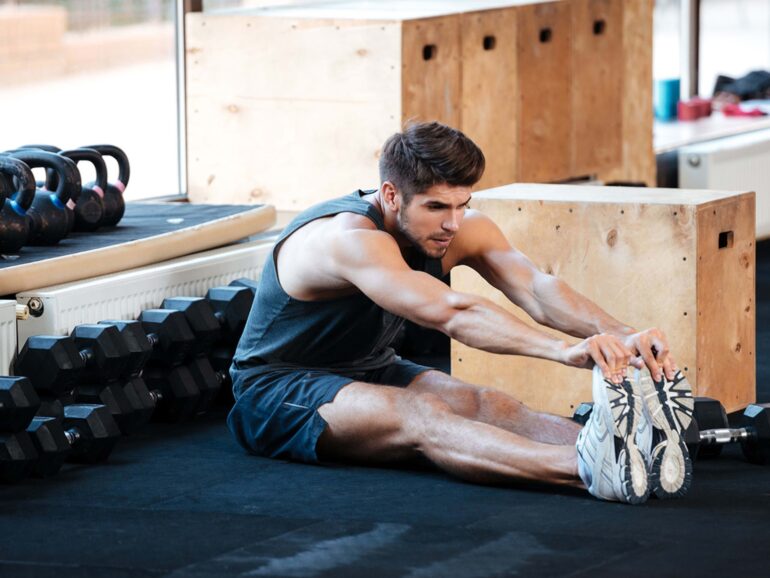You know that feeling when your legs scream every time you try to sit down after leg day? Or when your arms feel like noodles the day after push day?
Yeah, me too. Muscle soreness is like a badge of honor… until it overstays its welcome. And let’s be real—popping painkillers or relying on sugary “recovery” drinks isn’t exactly sustainable.
That’s where natural muscle recovery remedies come in. I’ve tested them all—some worked, some were a waste of money, and some completely changed my post-workout game.
This guide is for those of you who are serious about training but don’t want to wreck your body in the process.
Key Highlights
- Sore muscles recover faster with anti-inflammatory natural compounds
- Magnesium and tart cherry reduce cramps and speed up healing
- Active recovery is better than total rest for circulation and repair
- Clean supplements support joint and tissue health
- Sleep and hydration are non-negotiable pillars of recovery
- Stretching and mobility work prevent long-term stiffness and pain
Why Recovery Deserves as Much Focus as Training

Here’s a truth bomb: if you’re not giving your muscles time and the right tools to recover, you’re just breaking your body down. Every time you strength train, you create tiny tears in muscle fibers.
That’s normal. It’s part of the adaptation process. But if you don’t rest, refuel, and support healing, your body can’t build back stronger. You just stay sore, tired, and possibly injured.
And no, “recovery” doesn’t mean laying on the couch for three days. It means smart recovery—a blend of movement, nutrition, and natural support that encourages muscle repair while still keeping your momentum going.
Natural Supplements
One thing I learned the hard way: post-workout recovery starts the second you put your weights down. And that’s exactly where something like Muscle REx makes a difference.
Unlike sugary protein blends or synthetic boosters, Muscle REx is made with natural ingredients that work with your body’s recovery process.
What I love most about it?
- It reduces inflammation, so you don’t wake up stiff and sore
- Supports joint health, which is a huge deal if you lift heavy
- Gives a clean boost to muscle regeneration without stimulants
I started taking it after noticing nagging soreness that didn’t go away even with foam rolling and stretching. Within a week, my recovery time shortened. And yes, I still get sore, but it’s that “good sore,” not the can’t-walk-downstairs kind.
Eat Like Your Muscles Depend On It—Because They Do

I used to think a protein shake was all I needed after a tough session. But food is fuel—and healing. Your body needs specific nutrients to rebuild muscle tissue, reduce inflammation, and replenish glycogen stores.
Here’s what I aim to include in my post-workout meals:
- Protein: Obvious, right? Go for lean sources like eggs, chicken, Greek yogurt, or a clean plant-based powder.
- Anti-inflammatory foods: Think turmeric, ginger, berries, spinach, and nuts—they calm the internal “fire” after training.
- Magnesium-rich options: Pumpkin seeds, bananas, or dark chocolate can prevent cramps and relax sore muscles.
- Tart cherry juice: This is a game-changer. It reduces DOMS (Delayed Onset Muscle Soreness) and helps you sleep deeper too.
Bonus tip: avoid alcohol and junk food post-workout—they delay healing and make inflammation worse. Save the pizza for a true rest day.
Move to Recover: Gentle Activity That Helps
Resting doesn’t mean being inactive. In fact, complete inactivity can stall recovery by limiting blood flow and keeping your muscles stiff. What you want is active recovery.
Here’s what’s worked wonders for me on the day after intense workouts:
- Light walking or cycling: Keeps circulation going and flushes out lactic acid.
- Yoga or mobility work: Loosens tight hips, hamstrings, and shoulders—especially great if you sit a lot during the day.
- Swimming or hydrotherapy: Low impact and excellent for reducing joint stress while still getting blood moving.
Even just 10-15 minutes of light movement can speed up healing and get you back to training sooner—with less soreness and stiffness.
The Magic of Epsom Salt Baths and Topical Relief

When in doubt, soak it out. An Epsom salt bath is one of the oldest and most effective natural remedies for sore muscles. Why? Because magnesium sulfate is absorbed through the skin, and magnesium is critical for muscle relaxation and nerve function.
Here’s how I do it:
- 2 cups of Epsom salt in a warm bath
- Add a few drops of essential oils like lavender (for relaxation) or eucalyptus (for tension relief)
- Soak for 20–30 minutes with a podcast or music
I also keep natural arnica or menthol-based muscle rubs in my drawer. Rubbing these into sore areas post-bath or after a long day on your feet can boost circulation and ease tension.
Prioritize Sleep
You can do all the baths, shakes, and supplements in the world—but if you’re not sleeping? Recovery stalls. Your body releases growth hormone during deep sleep, and that’s when the magic of muscle repair happens.
Here’s how I protect my sleep quality:
- No screens an hour before bed
- Magnesium or tart cherry juice about 30 mins before sleep
- A cool, dark, quiet room—seriously, blackout curtains are life
- A simple bedtime routine to wind down from adrenaline and caffeine
If you’re waking up groggy or feeling like you never hit deep sleep, it’s time to reassess your routine. No sleep = no recovery = no progress.
Don’t Skip the Stretch and Mobility Work

Stretching isn’t optional. It’s recovery insurance. And mobility work? That’s how you future-proof your joints and stay injury-free.
I like to stretch after workouts or later in the evening when my muscles are warm. Even 10 minutes makes a huge difference.
Some of my go-to moves:
- Pigeon pose for tight hips
- Wall angels for shoulder recovery
- Foam rolling quads, hamstrings, and calves
- Dynamic stretches before bed to release built-up tension
And don’t skip the breathwork while stretching. Deep, slow breathing helps your nervous system relax, which is half the battle when your body’s in recovery mode.
Final Thoughts
Let’s get one thing straight: recovery isn’t a luxury—it’s the key to growth. You don’t need to choose between training hard and feeling good. With the right natural tools, and a consistent recovery routine, your body will actually start thanking you for every workout instead of punishing you for it.
So the next time you finish a killer workout, skip the “grind through the soreness” mindset. Recover smarter, not harder, and your results will speak for themselves.
